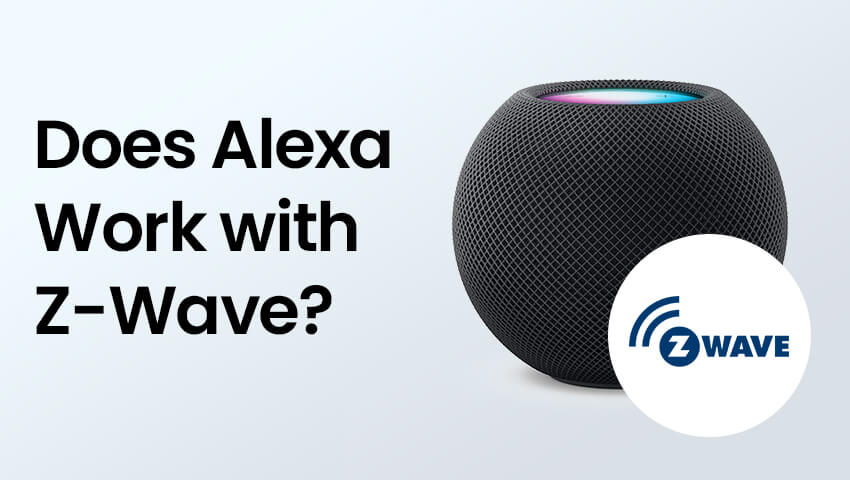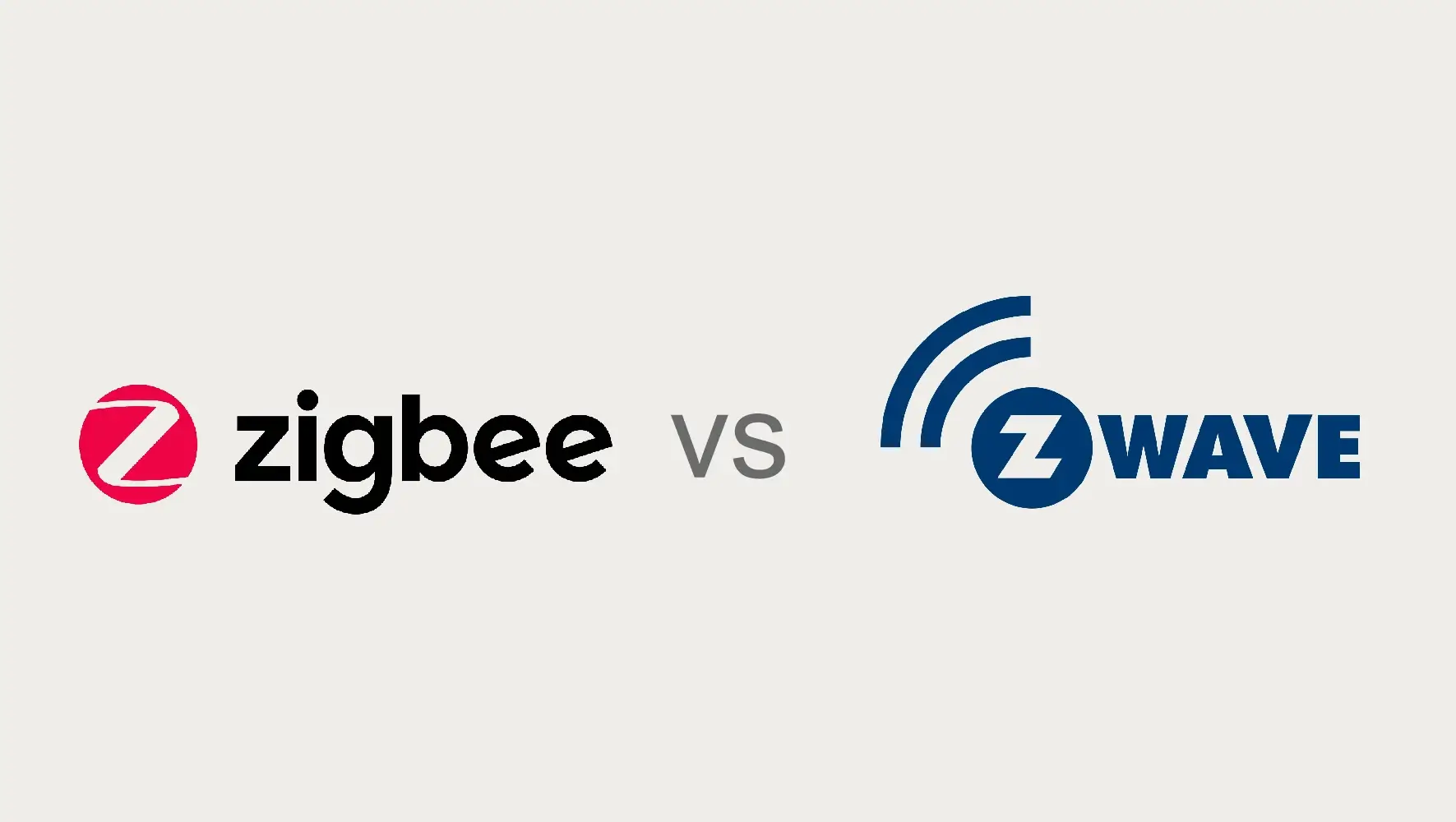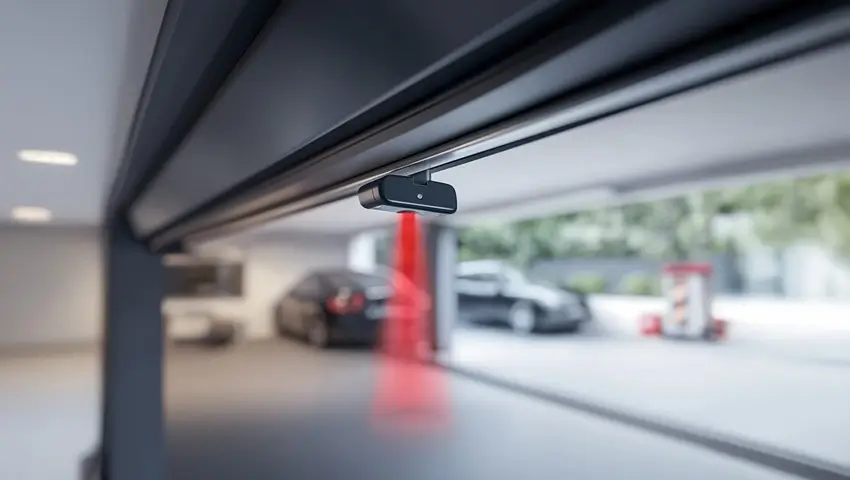Introduction
Alexa has become a central figure in many smart homes, offering voice control for lights, thermostats, music, and more. Its flexibility and ease of use make it a go-to choice for homeowners who want to simplify daily routines.
However, when it comes to integrating Z-Wave devices, many users wonder: Does Alexa work with Z-Wave directly? Z-Wave is a popular wireless protocol used in smart home devices such as locks, sensors, and lighting systems. Understanding how Alexa and Z-Wave interact is crucial for building a seamless and efficient smart home ecosystem.
In this guide, we’ll explore Z-Wave technology, how it works with Alexa, the hubs you need, step-by-step setup instructions, benefits, common issues, and FAQs to help you get started.
Contents
What Is Z-Wave and How Does It Work?
Z-Wave is a wireless communication protocol designed specifically for smart home devices. Unlike Wi-Fi, which operates on standard internet networks, Z-Wave creates a mesh network, allowing devices to communicate with each other and extend network coverage throughout your home.
Z-Wave devices include smart locks, sensors, thermostats, garage door openers, and lighting systems. Because it uses low-energy signals, Z-Wave is highly efficient and suitable for battery-powered devices. It also offers a high level of reliability and security, making it a preferred choice for many smart home enthusiasts.
However, Z-Wave operates on a different frequency from Alexa’s Wi-Fi or Zigbee capabilities. This means that Alexa cannot control Z-Wave devices directly without an intermediary hub.
Does Alexa Support Z-Wave Directly?
The short answer is no. Alexa does not have a built-in Z-Wave chip. While some Echo devices have built-in Zigbee hubs for direct device control, Z-Wave requires an additional hub to act as a bridge between your Alexa and Z-Wave devices.
Without a Z-Wave hub, Alexa cannot detect, control, or communicate with Z-Wave devices. Therefore, any Z-Wave integration depends on using a compatible hub that connects both to your Z-Wave devices and to the Alexa ecosystem.
How to Connect Z-Wave Devices to Alexa
Integrating Z-Wave devices with Alexa is straightforward when you use a compatible hub. Follow these steps:
1.Choose a Compatible Z-Wave Hub
Popular options include SmartThings Hub, Aeotec Smart Home Hub, Hubitat Elevation, and Home Assistant. Ensure the hub supports both Z-Wave devices and Alexa integration.
2.Connect Z-Wave Devices to the Hub
Follow your hub’s instructions to pair your Z-Wave devices. This usually involves putting the device in pairing mode and adding it via the hub’s app.
3.Enable the Hub Skill in Alexa App
Open the Alexa app, go to Skills & Games, search for your hub (e.g., SmartThings), and enable the skill. Sign in with your hub account credentials to link the hub to Alexa.
4.Discover Devices in Alexa
After linking the hub, go to Devices > Add Device > Discover Devices. Alexa will detect all Z-Wave devices connected through the hub.
5.Control Z-Wave Devices with Alexa
Once devices are discovered, you can control them with voice commands. For example:
“Alexa, turn on the living room lights.”
“Alexa, lock the front door.”
By following these steps, your Z-Wave devices can work seamlessly within the Alexa ecosystem.
Best Alexa-Compatible Z-Wave Hubs
Some of the best hubs to integrate Z-Wave devices with Alexa include:
1.Samsung SmartThings Hub
Supports Z-Wave, Zigbee, and Wi-Fi devices
Compatible with most Echo devices for voice control
2.Aeotec Smart Home Hub
Compact design, reliable Z-Wave connectivity
Works with Alexa via SmartThings integration
3.Hubitat Elevation Hub
Advanced automation capabilities
Local control for faster response times
4.Home Assistant
Open-source platform with extensive device support
Works with Alexa through third-party skill integration
Choosing the right hub depends on your smart home goals, number of devices, and desired automation complexity.
Benefits of Using Z-Wave Devices with Alexa
Integrating Z-Wave devices into your Alexa ecosystem offers several advantages:
— Expanded Device Compatibility: Alexa can control more types of devices that it cannot directly support.
— Improved Reliability: Z-Wave’s mesh network ensures consistent communication between devices.
— Enhanced Privacy and Security: Z-Wave operates on a private frequency, reducing interference and enhancing data security
— Local Control Options: Many Z-Wave hubs allow local device control, minimizing reliance on cloud services.
With the right setup, Alexa combined with Z-Wave provides a more complete and robust smart home experience.
Common Issues and Troubleshooting
While integrating Z-Wave with Alexa is generally smooth, you may encounter some challenges:
1.Alexa Cannot Detect Z-Wave Devices
Ensure the hub skill is enabled in the Alexa app.
Check that devices are correctly paired with the hub.
2.Z-Wave Device Offline or Delayed
Place devices within range of the hub to maintain the mesh network.
Avoid physical obstructions like thick walls or metal objects.
3.Voice Commands Not Working
Re-discover devices in the Alexa app.
Make sure the device names are simple and distinct for better voice recognition.
4.Hub or Device Firmware Issues
Regularly update your hub and devices to the latest firmware.
By addressing these issues, you can ensure smooth and reliable Z-Wave device control through Alexa.
FAQ
Q1: Can I use Alexa without a hub for Z-Wave devices?
A: No, a compatible Z-Wave hub is required to bridge the devices to Alexa.
Q2: Which Echo devices have built-in smart home support?
A: Echo devices like the Echo Plus and Echo Show 10 have Zigbee hubs built-in, but none support Z-Wave directly.
Q3: Is Z-Wave better than Zigbee for Alexa users?
A: Z-Wave offers longer range per device and less interference, but both are reliable; the choice depends on your device ecosystem.
Q4: What’s the best budget option for Z-Wave + Alexa setup?
A: Samsung SmartThings Hub is widely recommended for cost-effective compatibility and easy Alexa integration.
Conclusion
While Alexa cannot control Z-Wave devices directly, using a compatible Z-Wave hub allows seamless integration and voice control. By connecting your Z-Wave devices through hubs like SmartThings, Aeotec, or Hubitat, you can enjoy a smarter, more efficient, and secure home.
Understanding Z-Wave technology, choosing the right hub, and following the setup steps ensures that Alexa can manage all your smart home devices, giving you full control with simple voice commands.
With this guide, you now have the knowledge to integrate Alexa and Z-Wave devices, optimizing your smart home ecosystem for convenience, reliability, and flexibility.




